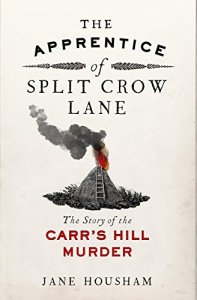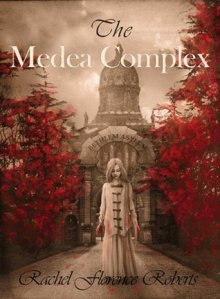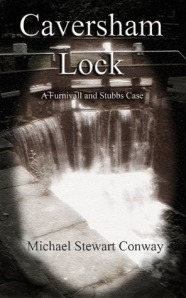
4*s
The heart of this book is set in 1950s Dublin when Grace is married to the much older Martin Moran who will go on to become a prominent judge. Grace isn’t given much choice in the matter, young women at that time weren’t, particularly if they were dependent on their spinster aunt for support.
Grace’s story is pieced together by her daughter Emma, some thirty years later, following the death of the Judge, who was by this time estranged from Emma who viewed her childhood as a cold comfortless challenge in a household bereft of maternal love since her mother had died at the time of her birth.
The first clues are a packed case with beautiful clothes and a letter that was never posted. What Emma finds will take her back in time to the asylum where her mother was incarcerated following the birth of her child, a child she only saw for a short time before being bundled into a ward with the other inconvenient women.
‘Scuffles of clouds framed by rectangular, dirt-encrusted windows danced overhead. The sound of laughter drifted up from downstairs, where the two attendants puffed on cigarettes and relayed to the staff canteen every detail of the committal of the judge’s wife to the asylum’
In a world far removed from Emma’s discoveries in Ireland, a young woman in Bangalore India is struggling with an errant husband. Devoted to her Uncle Vikram who wants to take a trip back to Ireland, the land that nearly destroyed him thirty years ago. His sister Rhya, Rosa’s mother, is dead set against the trip but the two are making plans and Rosa hears Vikram’s tales of his lost love in Ireland and the awful events that meant he had to leave without saying goodbye to her.
The Judge’s Wife is an inviting tale, full of emotion of a time where appearances were everything and true emotions were buried out of sight. I loved the little historical details especially those around clothes – Emma wears Grace’s old clothes delighting in their beauty while in Bangalore Rhya sighs over her beloved saris which hold memories, both happy and sad. The author’s chosen settings are evocatively recreated for the reader’s pleasure. The brightness of the colours in Bangalore contrasting with the absence of colour in Grace’s life in the asylum.
There is a lot of drama in this book from the horrors of a healthy young woman being incarcerated in an asylum to Vikram’s broken heart as he retreats to the coffee plantation a life far removed from his training as a doctor. The judge also turns out to have been misread during his life-time and Emma comes to understand his remoteness to her as a child, was not because he didn’t love her. As is necessary in these types of book, there are a fair few coincidences to keep the story moving along, but that doesn’t detract from a story that is about people, injustice and above all betrayal can inflict terrible wounds causing damage far wider than could ever have been anticipated. On the flip-side the characters all reveal how much the hardest challenge is if you have someone backing your corner and so countering the destructive relationships we have episodes where a friendship, romantic relationship or that of a devoted sibling can ease the hardships of life.
An enchanting read that had the power to transport me to a time and place quite unlike home.
The Judge’s Wife was my seventeenth read in my 20 Books of Summer Challenge.
First Published UK: 1 July 2016
Publisher: Black and White Publishing
No of Pages: 312
Genre: Contemporary Fiction
Amazon UK
Amazon US








